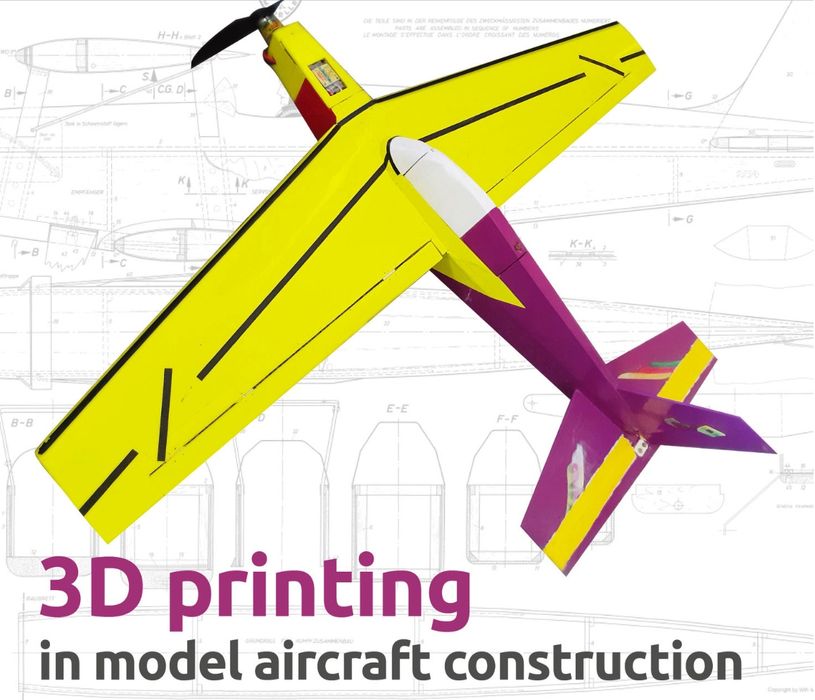
This week’s selection is “3D Printing in Model Aircraft Construction” by Thomas Fischer.
With the relative ease of obtaining inexpensive 3D printers these days, the technology is being applied to a vast number of hobbies. One of them is model aircraft construction.
There have been enthusiasts building model aircraft for perhaps a hundred years, but in recent time the models have been significantly more sophisticated due to the arrival of compact electronics to make the aircraft “smart”, as well as low-weight batteries to enable electric propulsion.
3D printing has also arrived on the scene, enabling the production of lightweight parts for model aircraft in the same way as is done for commercial aircraft.
If that sounds easy, it isn’t. There is a notable learning curve to adopt the design and build techniques enabled by the use of 3D printing for model aircraft construction. That’s what this book is all about.
Rather than explaining what a 3D printer does in a general sense as so many books can do, this book takes the viewpoint of someone actually using the technology to design and build model aircraft. The result is a series of chapters that explore the questions and solutions that will inevitably come up when making model aircraft.
The book begins by contrasting the advantages and disadvantages of milling versus 3D printing. Milling is the technology likely most familiar to existing model aircraft builders, so this is a very good place to start. There is, of course, a detailed explanation of the process of 3D printing workflow.
The book also explores typical questions that may arise. Most inexpensive 3D printers come by default with PLA material, and as such most operators continue to use it. This may not be the best choice for model aircraft builders, as PLA can sag under heat, compromising a model aircraft’s structure. The book compares the use of PLA versus other materials such as PETG, which might be a better choice for model aircraft components.
An entire chapter is devoted to design aspects, which includes a look at designing fuselages, wings and other key elements.
Post processing is a bit different in model aircraft construction, as surface finish is significantly more important than in general 3D prints, and this is covered as well.
The book continues with several case studies of model aircraft component design and print, including two versions of a glider and several typically 3D printed components.
If you’re into model aircraft construction and wish to make use of 3D print technology, this is a book you should consider acquiring.
We’re an Amazon Associate and earn a small fee from qualifying purchases. Help support our 3D print news service by checking out this book!
Via Amazon
